The crew of a Japan Airlines passenger flight needed eighteen minutes to safely remove all 367 passengers off the aircraft after it crashed with a smaller aircraft on a Tokyo runway on Tuesday.
Japan Airlines aircraft caught fire on the tarmac at Haneda airport in Tokyo
Officials at Japan's second-largest airline stated on Wednesday that they had recreated the event based on crew testimony and that the crew had followed emergency protocols exactly as they were supposed to, beginning with the first rule: panic control.
Cabin stewards urged passengers to be calm as bright orange flames immediately consumed huge sections of the Airbus A350 wide-body jet and smoke quickly filled the cabin as soon as the plane came to a stop.
Using visual inspections of the exterior, the crew assessed the situation rapidly and determined which of the eight emergency exits might be safely used. Then, according to officials, they followed their training and gave brief, precise orders like "leave your luggage" and "not this door."
Some travelers who were questioned late on Tuesday at the airport claimed that their lives had been saved by the quick evacuation rehearsal.
Tsubasa Sawada, 28, stated, "I heard an explosion about 10 minutes after everyone and I got off the plane." "I can only say it was a miracle, we could have died if we were late."
CHUTES FOR EVACUATION:
According to emergency protocol, the crew cannot open any emergency exits without authorization from the captain. The captain signaled for everyone to evacuate while positioned close to the two front exits.
But the intercom and public address systems had failed, making it impossible to clear the third safe exit at the back. Then, according to JAL, the cabin crew took the wise choice to open the door nonetheless, enabling passengers to descend the evacuation chutes.
Every year, officials said, all cabin attendants receive training on evacuation protocols. The training simulates a variety of scenarios, including what to do in the event that they are unable to communicate with the cockpit.
At 6:05 p.m. (0905 GMT), approximately eighteen minutes after landing, the crew and pilots concluded the evacuation after making sure that every passenger had safely descended all three slides.
The duration of the procedure from the moment the airplane came to a complete halt was unknown to JAL personnel.
Ninety seconds:
The collision is the first notable mishap involving the Airbus A350, the top long-haul aircraft in Europe, since it entered service in 2015. Additionally, it is the first time a passenger aircraft made primarily of lightweight carbon composites has completely burnt.
Only half of the A350-900's exits could be used for evacuation in 90 seconds with a full load of up to 440 passengers.
The exact amount of the eighteen-minute operation that was devoted to physically removing passengers from slides was not immediately apparent, but safety experts stated that passenger interviews would be reviewed globally in order to inform future evacuation protocols.
An Airbus representative commented, "The JAL cabin crew should be highly commended for their textbook evacuation."
In addition to praising the passengers for their orderly departure from a full flight that included eight preschool-aged children, JAL officials noted that the crew on flight 516, which was traveling from a location close to the northern Japanese city of Sapporo to Tokyo's Haneda airport, had followed all the proper protocols.
For years, aviation safety organizations have cautioned that stopping to get carry-on luggage during an evacuation puts lives in danger.
"I'm sure you've all had the experience of being told not to bring your carry-on bags in the event of an emergency evacuation on a plane," senior vice president of general affairs Noriyuki Aoki stated during a press briefing.







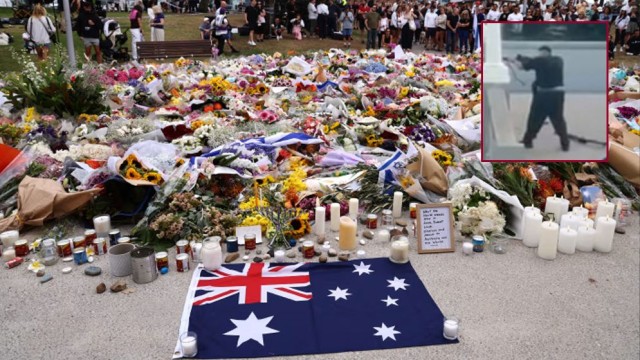
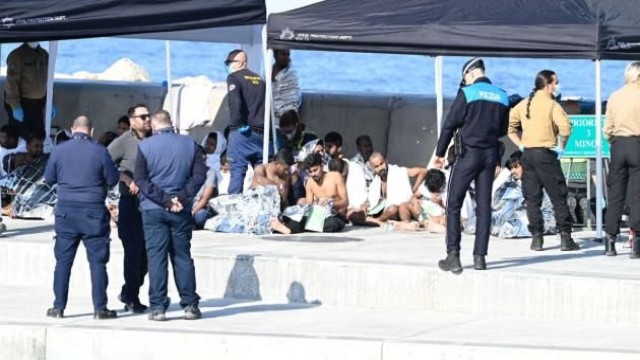


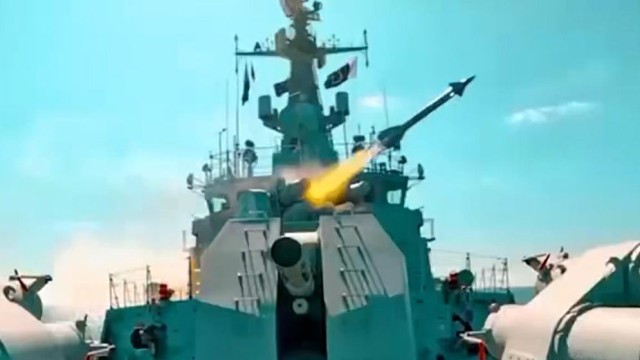


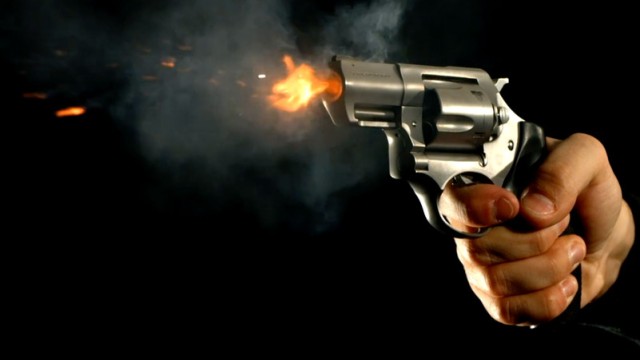
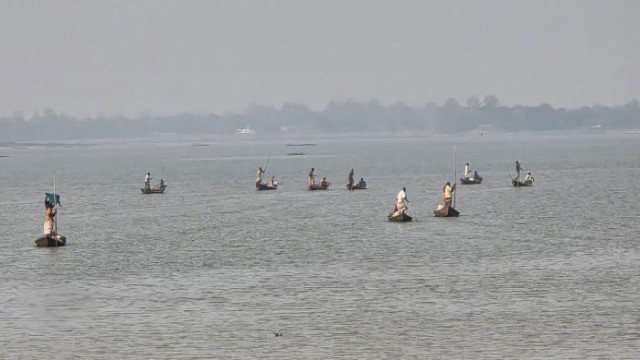










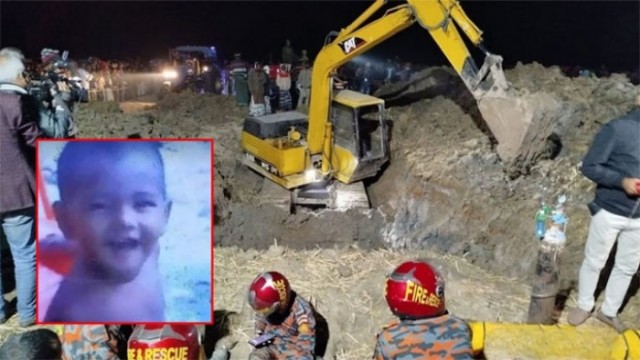

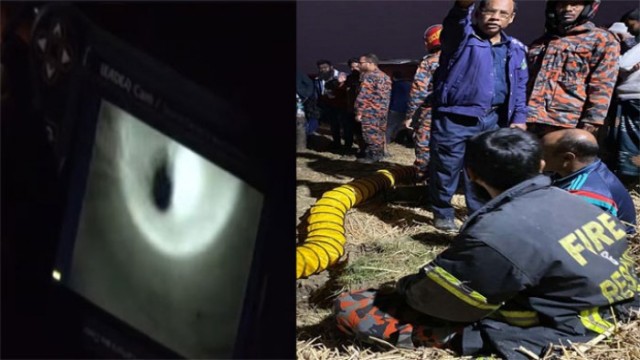




Comment: